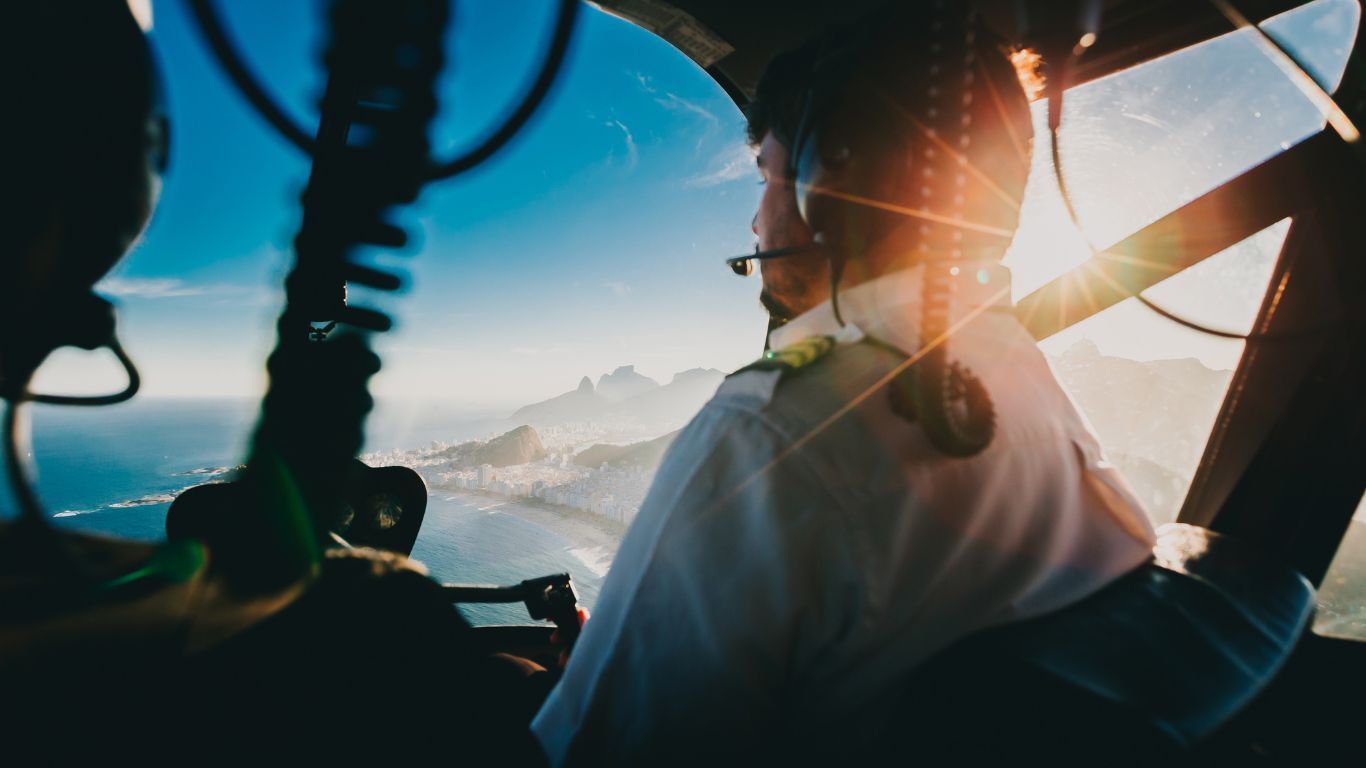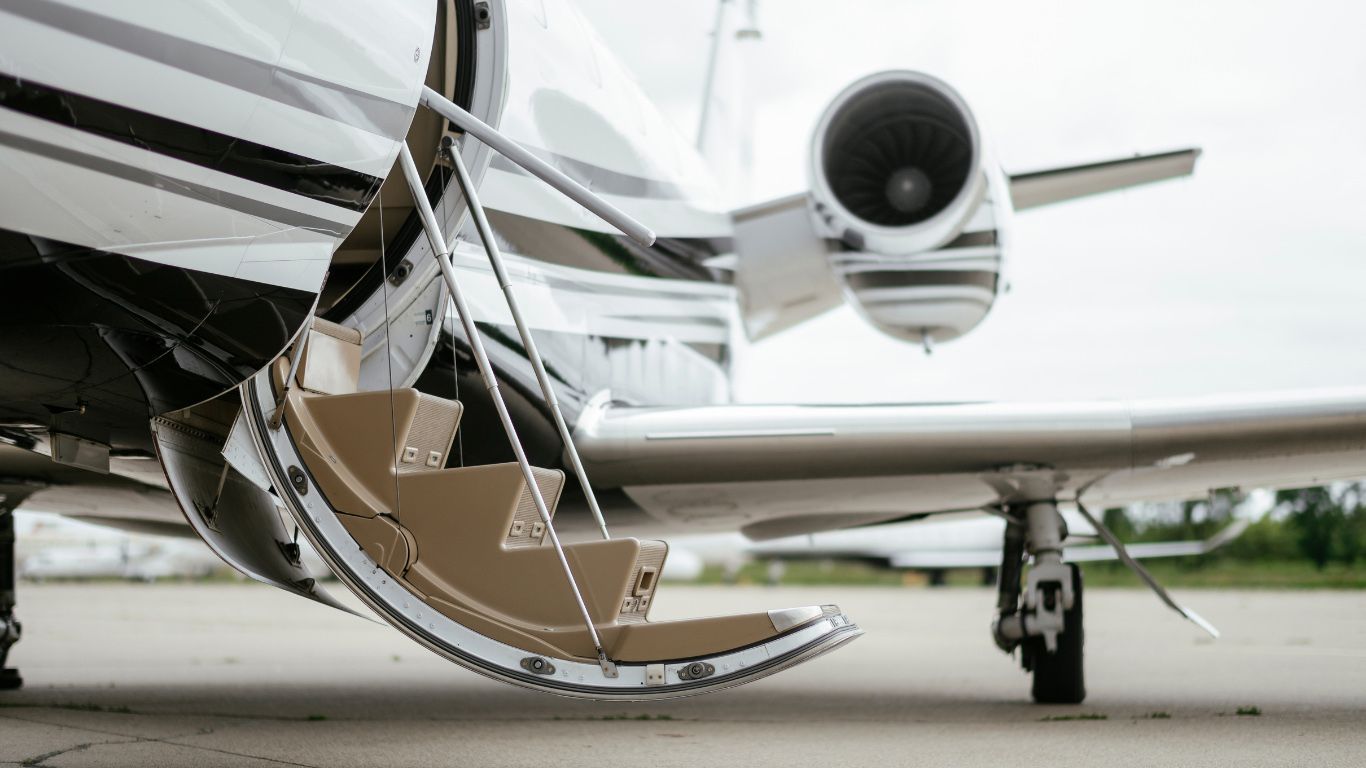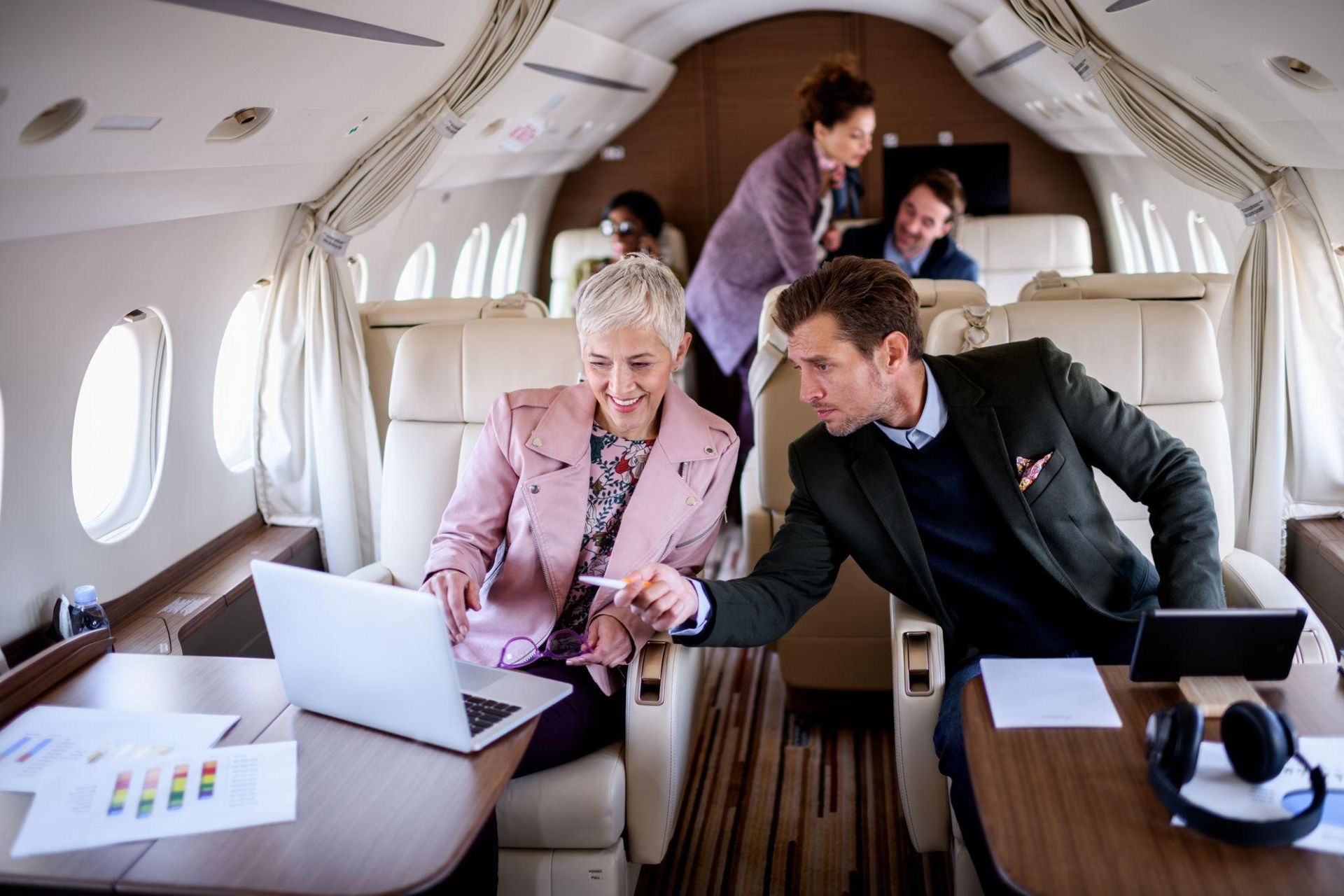BLOG

The intersection of technology and healthcare within the aviation industry is forging new pathways to enhance passenger safety and medical support in the skies. This fusion, known as aeromedical innovation, is rapidly transforming the landscape of aviation safety, leveraging cutting-edge technology to address and manage medical emergencies more efficiently and effectively. From telemedicine to smart medical kits, the advancements in technology are not just augmenting existing safety measures but are setting new standards for in-flight medical care. The Rise of Telemedicine in the Skies A pivotal innovation reshaping aeromedical support is the integration of telemedicine services on board aircraft. This technology enables real-time communication between flight crews and ground-based medical professionals, providing a lifeline during medical emergencies. The ability to consult healthcare experts via live video calls, messaging, and data sharing allows for immediate assessment and guidance, ensuring that passengers receive expert care even miles above the ground. This immediate access to medical consultation can be the difference between life and death, making telemedicine a cornerstone of modern aeromedical services. Smart Medical Kits: Beyond the Basics Gone are the days when onboard medical kits were limited to basic first aid supplies. Today's smart medical kits are equipped with sophisticated diagnostic tools, integrating seamlessly with digital platforms to offer comprehensive medical support. These kits, featuring portable ECG monitors and blood pressure monitors, allow for the rapid assessment of a passenger's condition, with the capability to transmit vital data to medical professionals instantly. This innovation not only enhances the crew's ability to respond to emergencies but also significantly improves the quality of in-flight medical care. Wearable Health Monitors: A Proactive Approach The adoption of wearable health monitors for passengers prone to medical complications exemplifies a proactive approach to aeromedical safety. These devices monitor vital signs and health metrics in real time, alerting the crew to potential health issues before they escalate into emergencies. The ability to continuously assess the health of at-risk passengers provides an additional layer of safety, particularly on long-haul flights where the likelihood of medical complications is higher. AI and Machine Learning: Predicting and Preventing Emergencies Artificial intelligence (AI) and machine learning are redefining the capabilities of aeromedical services. Through the analysis of data from onboard medical incidents, AI technologies can predict potential emergencies and suggest preventive measures. This predictive capability, enhanced by machine learning's ability to improve with each incident, holds the promise of significantly reducing in-flight medical risks. The potential for AI to provide tailored health advice and enhance the overall safety of air travel is immense, marking a significant leap forward in aeromedical innovation. Digital Health Platforms for Crew Health Assessment Ensuring the health and fitness of flight crews is just as crucial as caring for passengers. Digital health platforms are revolutionizing the way crew members undergo health assessments, offering tools for regular monitoring and early detection of potential health issues. These platforms facilitate a streamlined process for medical certification, ensuring that all crew members meet the highest standards of health and fitness required for safe flight operations. Conclusion: A New Horizon for Aviation Safety The integration of technological innovations in aeromedical services is not just enhancing the immediate response to in-flight emergencies but is also paving the way for a future where aviation travel is safer and more secure for everyone. As these technologies continue to evolve, their integration into everyday aviation operations promises to elevate the standards of passenger and crew safety to unprecedented levels. The commitment of the aviation industry to embracing these innovations underscores a forward-thinking approach to safety, ensuring that the skies remain not just a means of travel but a sphere of unparalleled care and security.

Traveling by air involves more than just booking a ticket and boarding a plane; it encompasses a series of critical assessments to ensure that everyone on board is fit to fly. Among these, pre-flight medical assessments stand out as a fundamental safety measure. They serve not just as a protocol but as a preventive strategy, ensuring the health and well-being of passengers and crew alike. This necessity stems from the unique environment of air travel, where altitude, pressure changes, and limited mobility pose specific health risks. These assessments are designed to mitigate potential medical emergencies in the air, offering a first line of defense in aviation safety. Rigorous Health Evaluations for Crew Members Crew members, especially pilots, are subject to stringent health evaluations due to the significant responsibilities they hold. These evaluations are comprehensive, encompassing a review of medical history, physical examinations, and tests specifically tailored to identify conditions that could impair their ability to perform under pressure. The process is thorough, with a focus on early detection of health issues that could jeopardize flight safety. It's a protocol that reflects the aviation industry's commitment to safety, ensuring that those at the helm are in optimal health and ready to navigate not just the skies but any challenges that might arise during flight. Passenger Health: A Shared Responsibility While the crew undergoes detailed medical checks, passengers also bear a responsibility to assess their fitness to fly. This is particularly crucial for individuals with existing medical conditions or those facing health issues that could be exacerbated by air travel. Airlines play a crucial role in guiding passengers through this process, offering clear guidelines on when medical clearance is needed and how to manage common travel-related health issues. From motion sickness to the effects of cabin pressure on chronic conditions, the aim is to arm passengers with the knowledge and resources needed to manage their health in the air effectively. This shared responsibility ensures a safer, more comfortable experience for all, reducing the risk of in-flight medical emergencies. The Crucial Role of Medical Professionals In the backdrop of these pre-flight preparations, medical professionals emerge as key players. Their expertise is invaluable, providing tailored advice based on an individual's health status and the specifics of their journey. Whether it's offering clearance for those with recent medical interventions or advising on the management of chronic conditions, healthcare providers ensure that both crew and passengers are fit for flight. This collaboration between the aviation industry and medical professionals underscores a comprehensive approach to health and safety, one that prioritizes the well-being of every individual on board. Advancements in Pre-Flight Medical Assessments The advent of telemedicine and digital health platforms has revolutionized pre-flight medical assessments, making them more accessible and efficient. These technological advancements enable passengers to obtain medical consultations and clearance with ease, streamlining the process and enhancing the overall safety of air travel. For the aviation industry, this represents a significant step forward, merging traditional safety protocols with modern technology to better serve the health needs of the traveling public. It's a development that not only improves efficiency but also reflects the industry's adaptability and commitment to leveraging technology for safety. Conclusion: Safeguarding the Skies In conclusion, pre-flight medical assessments play a pivotal role in the aviation industry, serving as a critical safety measure for both crew and passengers. Through rigorous health evaluations, shared responsibility, and the integration of technology, the industry continues to enhance the safety and well-being of everyone involved in air travel. As we look to the future, the ongoing commitment to health and safety, backed by advancements in medical technology, promises to further elevate the standards of air travel, ensuring that the skies remain safe for everyone.







